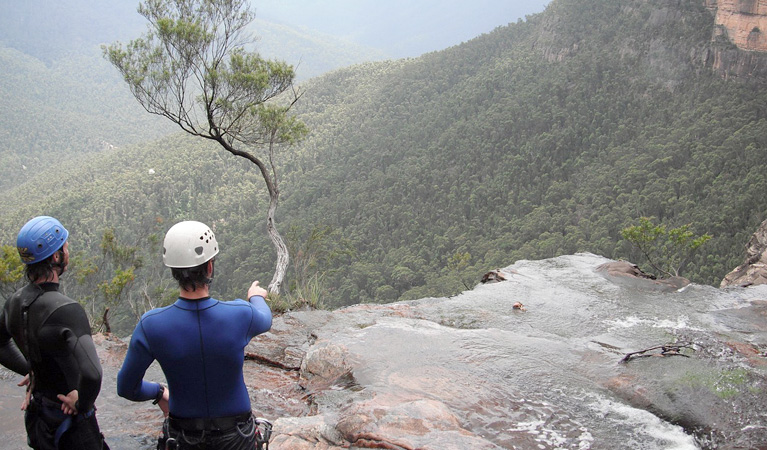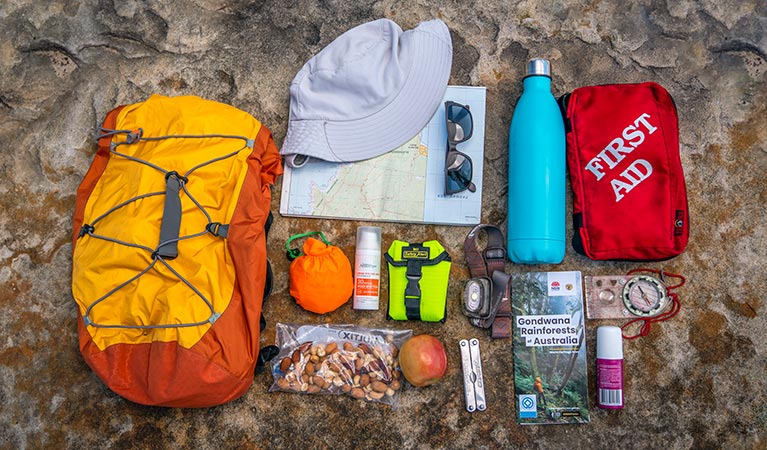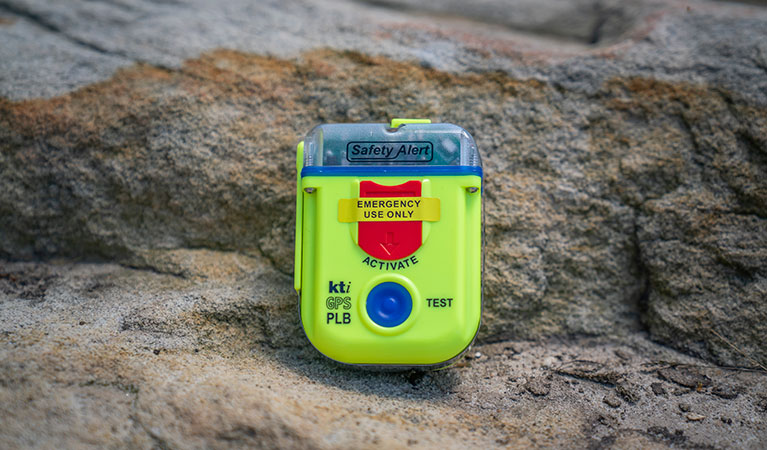Adventure sports safety
Canyons, caves and cliff faces are spectacular places to visit. Adventure sports like canyoning, climbing, caving and abseiling offer a thrilling opportunity to explore these unique environments. But these adventure sports involve inherent safety risks and are only permitted in some parks. We strongly recommend that you only head out under the guidance of a suitable group or club, or with one of our partner adventure sports tour operators. For safety tips on kayaking and canoeing activities check out the paddling and boating safety page.
Read more about Adventure sports safety
Plan your trip
- Find an adventure sport experience.
- Check for park alerts or closures before you go.
- To see what adventure sports are permitted, check the webpage of the national park you're planning to visit or call the local national park office.
- Check the weather forecast before you go.
- Avoid canyoning, climbing, caving and abseiling after heavy rain or if rain is forecast. Surfaces can be slippery and rocks may be dislodged. High water flows are dangerous and can create unexpected hazardous conditions.
- Avoid peak use times in well-known canyons. This especially applies to Empress and Claustral canyons in the Blue Mountains, where overcrowding can cause delays and safety problems.
- If you need to cross private property to get to the site, get the owner’s consent.
Tell somebody
Give your trip details to family and friends who are not travelling with you. Tell them when you expect to return and let them know when you have returned. For longer trips or remote areas, filling in a trip intention form is highly recommended, so make sure you complete one before leaving home and consider taking a personal locator beacon (PLB).
What to bring
- All safety gear relevant to your activity and anticipated conditions.
- At least 2L of water per person. You’ll need more for longer trips and warm days. Take more than you think you’ll need.
- Waterproof dry bags. Food and snacks and a bag to take your rubbish.
- Lights in case it gets dark before you return.
- First aid kit.
- Map and compass at a minimum and ideally a GPS. Make sure you know how to use them.
- Your mobile phone or a satellite phone. Download the Emergency Plus app.
- In remote areas, carry a Personal Locator Beacon (PLB) because you might not have mobile phone reception.
What to wear
- Suitable protective clothing for your activity and anticipated conditions. Consider dressing in layers.
- In wet environments, hypothermia can be a real hazard–be sure to take wetsuits and a dry change of clothes.
- Sturdy boots.
- Protective eye wear and sunglasses.
- Sunscreen.
- A hat for sun protection even on overcast days.
- Insect repellent.
Safety tips
- Never go alone
- Licensed adventure tour operators provide training and instruction, so we always recommend that you head out with a licensed tour operator.
- The ideal safe group size is 4 people for all adventures. If someone is hurt, 1 person can stay with the patient while 2 people can go seek help.
- Take responsibility for your group's safety and be self reliant.
- Only participate in activities if you and all members of your group have the right skills and experience.
- Make sure your leader has enough experience. Your leader should be able to get you there, but more importantly get you out of the park safely, especially in the event of an emergency.
- Know the proposed route and alternate routes and stick to them.
- If abseiling, climbers must satisfy themselves that any existing fixtures, such as bolts, rings, slings, chains, rocks, trees and other anchor points are safe before being used.



